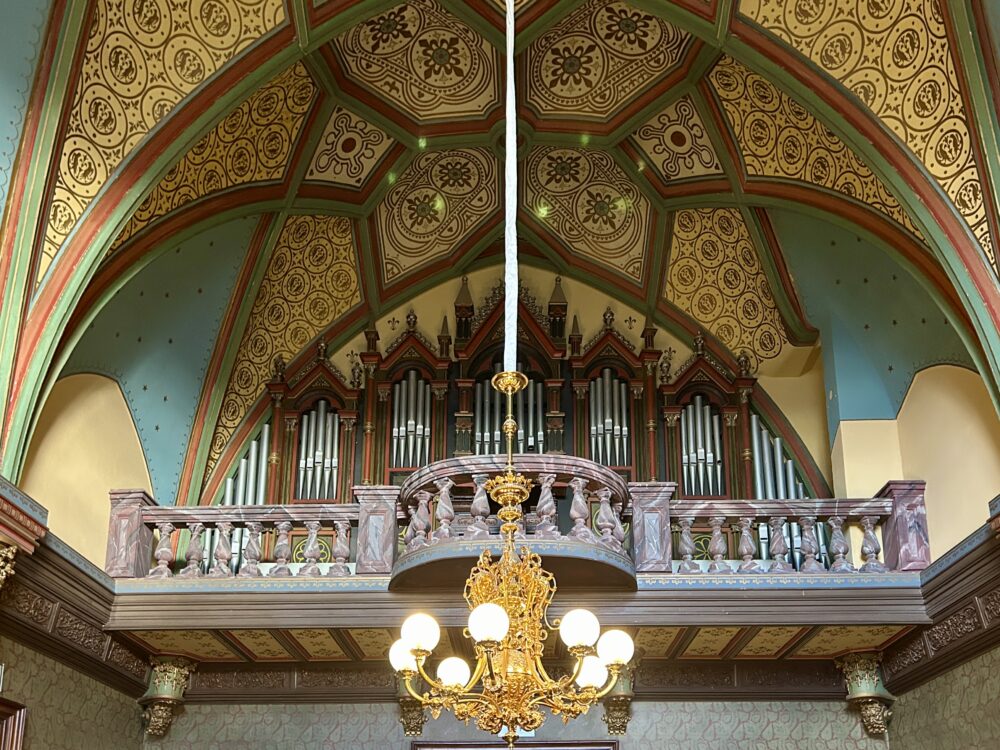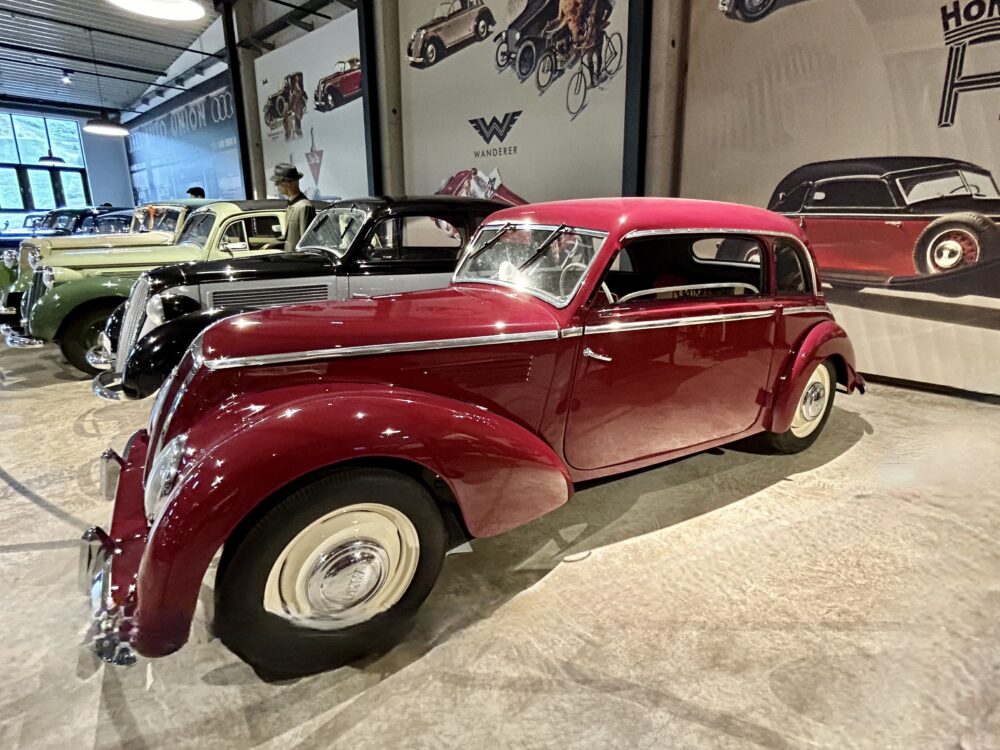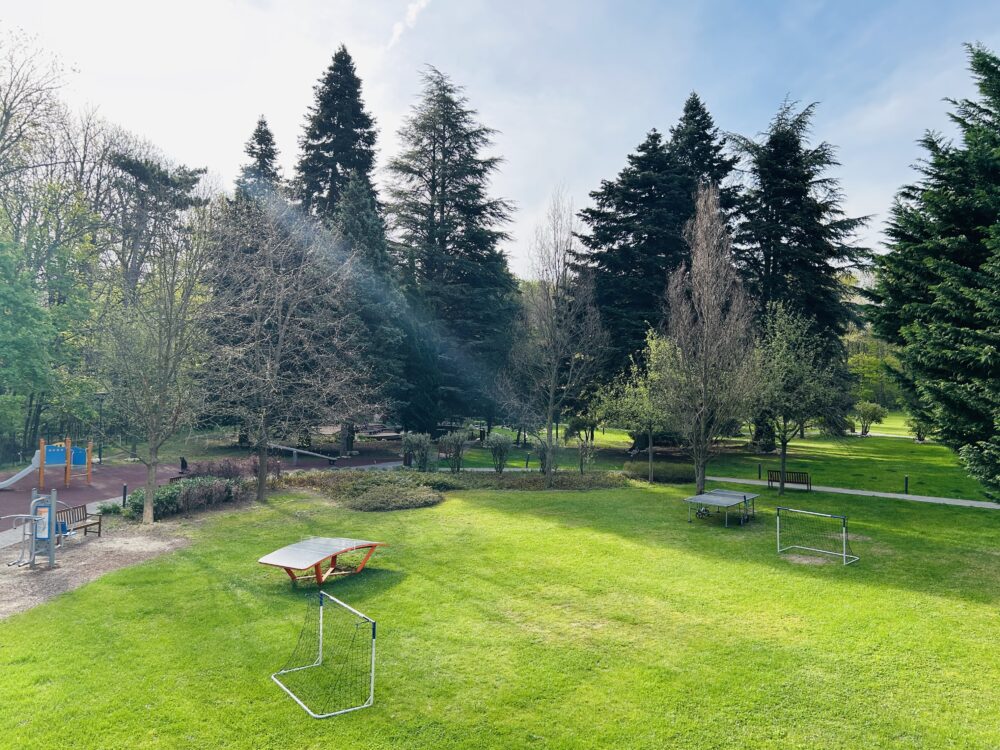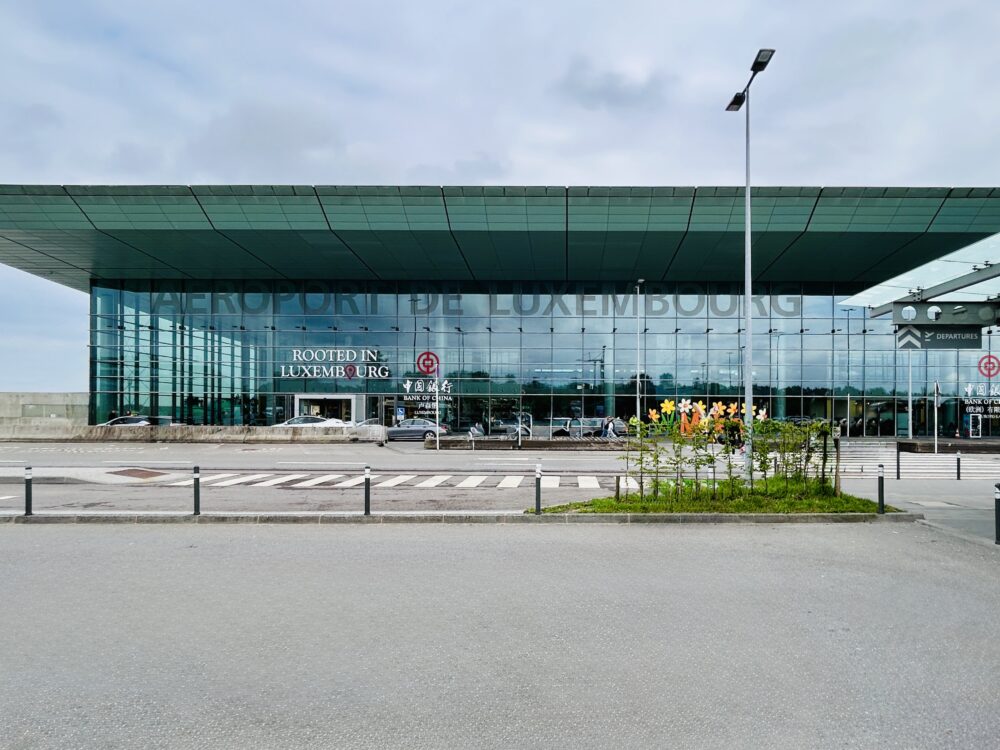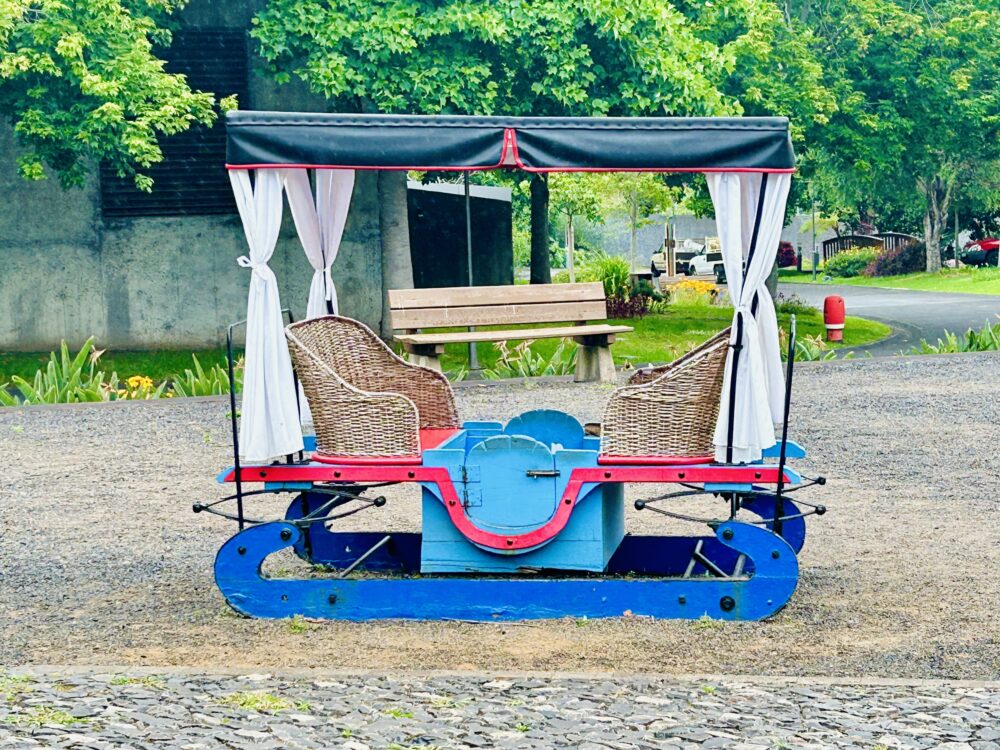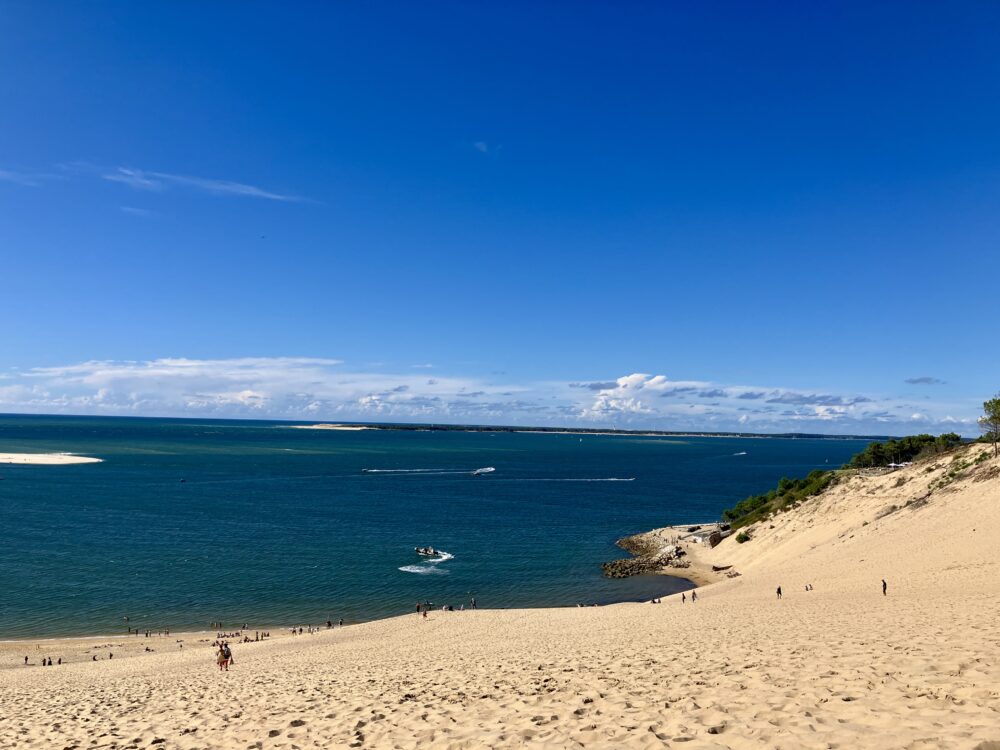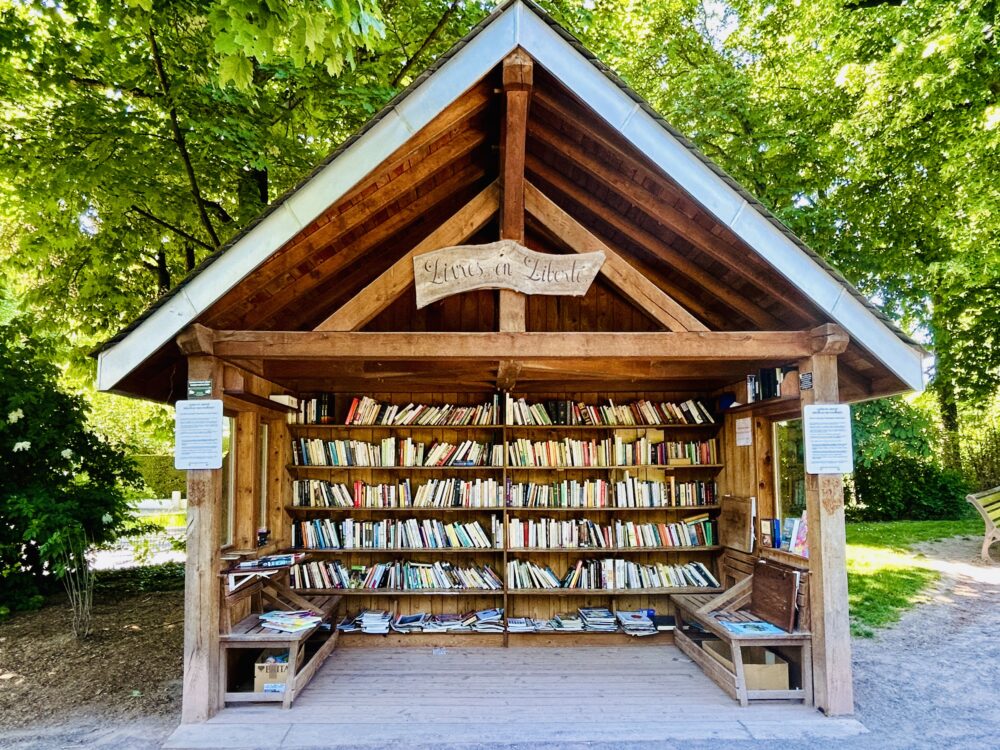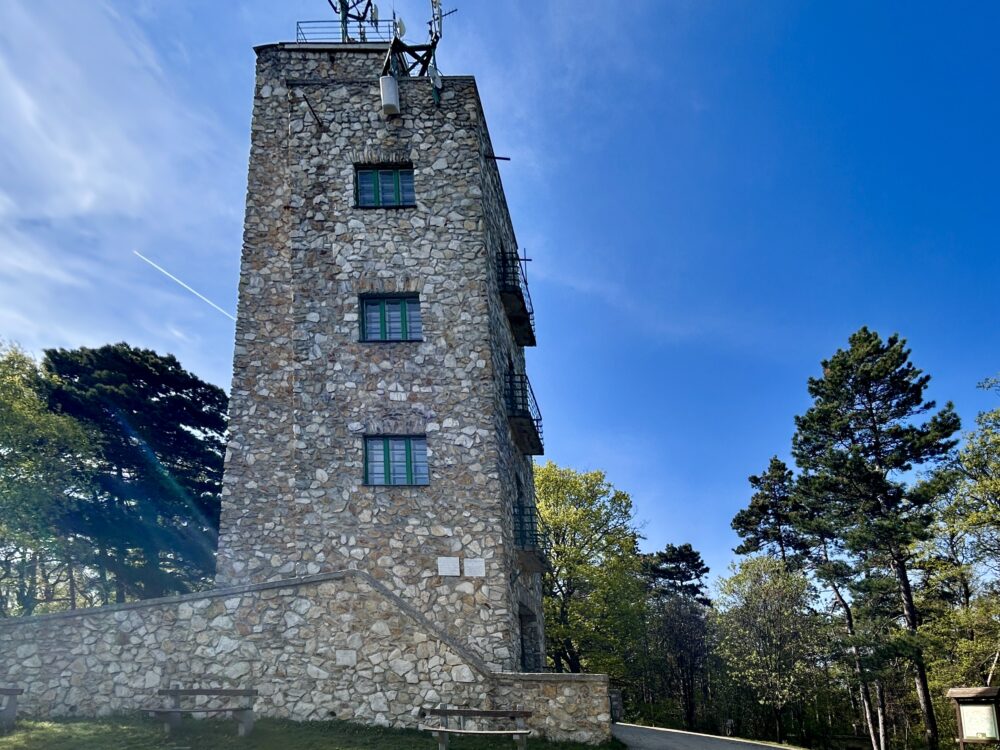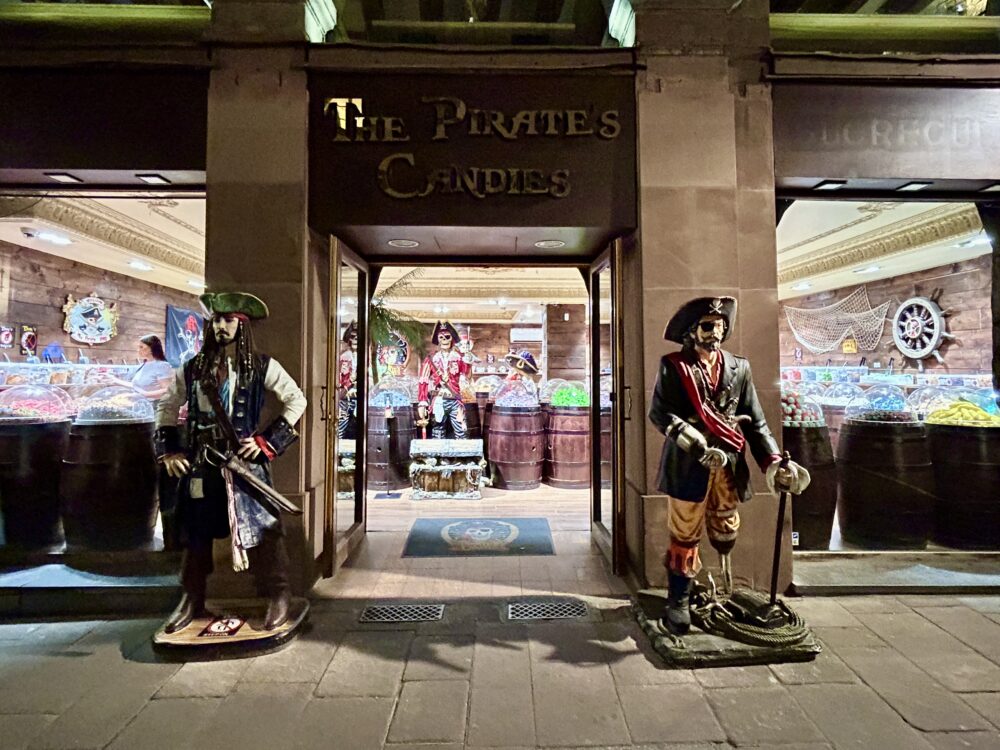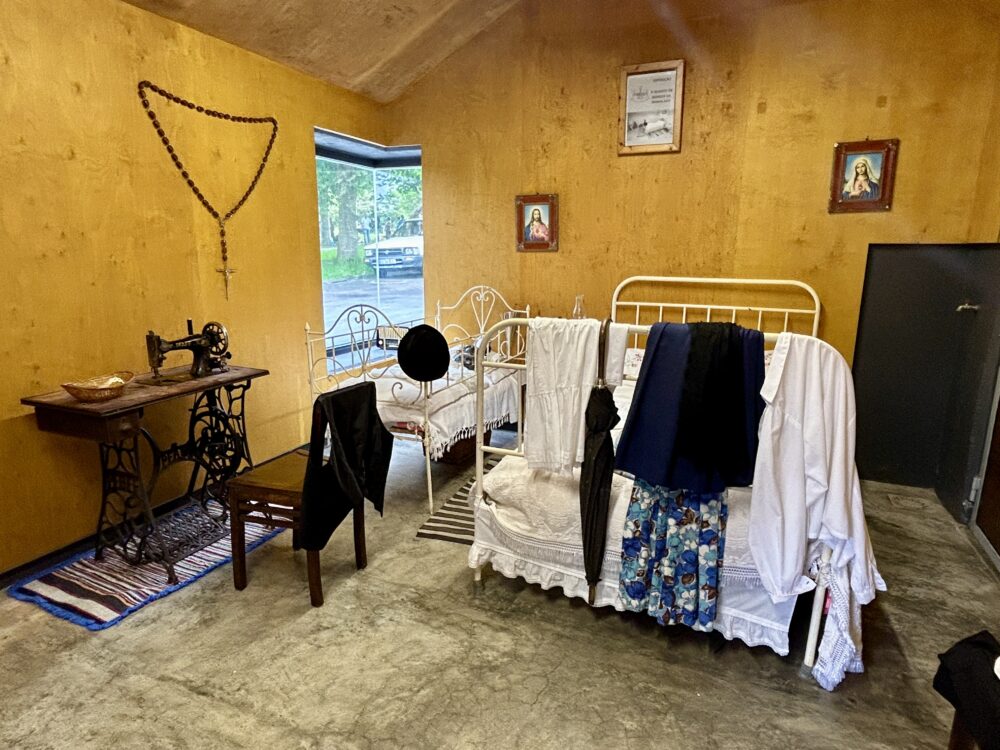The Splendour of Drachenburg Castle
Perched majestically on the slopes of the Drachenfels in Königswinter near Bonn, Germany, Drachenburg Castle is a remarkable fusion of historicism and romantic architecture. Built between 1882 and 1884 for Baron Stephan von Sarter, a wealthy banker and broker, the castle was intended as a private villa rather than a royal residence. Its turrets, spires, and ornate façades reflect the grandeur of a medieval palace, making it a captivating landmark overlooking the Rhine Valley.
The Organ and the Cupola
One of the castle’s most enchanting features is the magnificent organ set beneath an intricately designed cupola. The organ, crafted by renowned German artisans of the late 19th century, was designed to fill the grand halls with rich, melodious tones. The cupola not only adds architectural beauty but also enhances the acoustics, allowing sound to resonate harmoniously throughout the space. The interplay of light filtering through stained glass and the organ’s music creates an ethereal atmosphere that transports listeners to another era.
Concerts Held in the Castle
In its early years, Drachenburg Castle hosted exclusive musical soirées and private concerts. On 7 December 1885, a grand concert was held to celebrate the castle’s completion, featuring compositions by the famed German composer, Johannes Brahms. The venues also welcomed classic recitals which often included the works of local composer Ludwig van Beethoven and the melodies of Richard Wagner. The castle’s opulent interiors provided an ideal setting for chamber music, with the organ taking centre stage during recitals.
Famous Musicians and Notable Guests
Drachenburg Castle’s halls have echoed with the performances of renowned musicians such as Elise Schliemann, a distinguished pianist of the era, who performed a memorable recital on 12 June 1891. The castle was also graced by the presence of prominent figures such as the industrialist Friedrich Alfred Krupp and composer Clara Schumann. The exclusivity of the concerts meant that attendance was a privilege reserved for a select few. Notable figures from the worlds of industry, politics, and culture were known to frequent the castle, drawn by both the music and the opportunity to socialise within such elegant surroundings.
An Unusual Role in the Music Scene
An intriguing facet of Drachenburg Castle’s musical history is its reputation as a haven for artistic inspiration. It is said that the castle provided a retreat for composers and musicians seeking solace and creativity away from bustling city life. The serene environment and inspirational vistas overlooking the Rhine may have influenced their compositions, adding a unique chapter to the castle’s cultural legacy.
The Castle Today
Today, Drachenburg Castle is not only a monument to architectural splendour but also a museum open to the public. Visitors can explore its richly decorated rooms, including the grand hall where the organ and cupola remain as focal points. Occasionally, the castle hosts special events and concerts that revive its musical heritage, allowing guests to experience the sublime combination of historical ambiance and live performances.
#DrachenburgCastle #MusicalHeritage #GermanHistory #ArchitecturalGem #BonnAttractions



